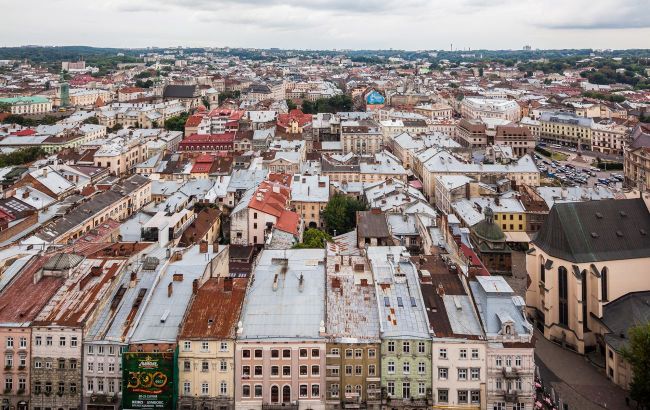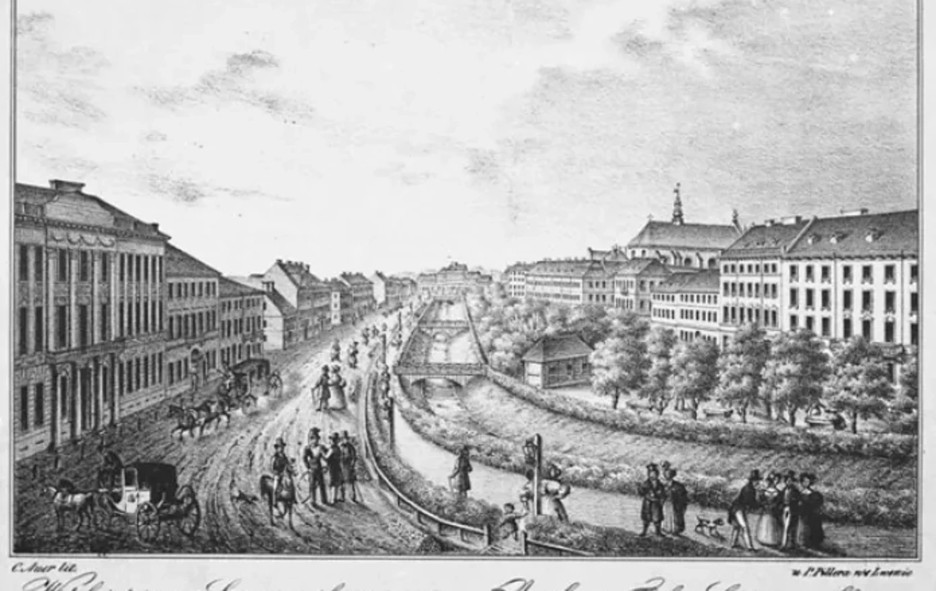From plague to fire: Disasters that couldn't keep Ukrane's Lviv down
 5 terrible tragedies that Lviv has endured (photo: Getty Images)
5 terrible tragedies that Lviv has endured (photo: Getty Images)
Lviv is a city that has repeatedly proven its right to exist. It knows how to rise from fire, disease, and great tragedies. Its walls recall a time when medieval Gothic architecture disappeared, when the river ran through the very center, and when the sky seemed to fall to the ground. Here are five disasters that forever changed the history of Lviv—not just on maps, but in the memory of generations.
The great fire of 1527: Lviv burned to the ground
On June 3, 1527, Lviv awoke in smoke. The fire started in a small brewery in the Rus' district, but within hours, it turned the city into a blazing trap. The flames leapt from roof to roof, destroying even stone buildings—most roofs at the time were made of wood. The town hall attic burned last.
Almost nothing remains of Gothic Lviv: no churches, no houses from the 14th-15th centuries. But this tragedy gave birth to a new, Renaissance Lviv. On the ruins, townhouses with arched windows, pediments, and balconies began to be built, now considered the face of the old city.
Fact: Only a few cellars and fragments of walls survived the 1527 fire. Everything else is a reconstruction after the blaze.
 Reconstruction drawing of old Lviv by Ihor Kachor (photo: Old Photos of Lviv)
Reconstruction drawing of old Lviv by Ihor Kachor (photo: Old Photos of Lviv)
The plague of 1704-1705: Death between the Swedes and candles
At the beginning of the 18th century, Lviv found itself under a double siege: externally by King Charles XII's Swedish army, and internally by death that showed no mercy.
During the war, the city was overcrowded with soldiers, the wounded, and refugees. Wells were contaminated, and food was scarce.
When the plague arrived, there was neither space nor manpower to bury all the dead. Bodies were placed in mass graves outside the city walls, in what are now the Lychakiv and Klepariv districts.
Fact: The epidemic claimed about 10,000 lives. It was almost a third of the city's population at the time. This is when the first plague cemeteries and chapels of gratitude for survival appeared.
The flood of 1852: The Poltva River washed away the city center
Many are unaware, but until the mid-19th century, the Poltva River flowed right through the center of Lviv, where today stands Svobody Avenue and the Opera and Ballet Theater.
In June 1852, heavy rains hit Lviv. The Poltva overflowed, turning streets into muddy canals. Water reached the first floors of buildings, people rescued their belongings by boat, and animals drowned in the squares.
After this, authorities realized the river needed to be hidden. A large-scale construction of a collector began, which continued into the early 20th century.
Fact: Today, the Poltva flows beneath Svobody Avenue, forming part of the city's sewage system, and only a few people know that its underground noise can still be heard beneath Lviv's streets.
 Poltva is the underground river of Lviv (photo: Old Photos of Lviv)
Poltva is the underground river of Lviv (photo: Old Photos of Lviv)
The tram that went out of control
January 10, 1972. A normal winter day. At the stop near the intersection of Horodotska and Shevchenko streets, dozens of people waited for the tram.
Then, tram number 472 derailed at high speed and crashed into the crowd. Witnesses said the screams could be heard all the way to the station. At least 26 people died, and dozens were injured.
The cause was a brake failure. Some blamed the old equipment, while others blamed the fatigue of driver Nadiya Makara, who survived and lived with the burden for many years.
Fact: A photo of the same Gotha 472 tram is now preserved in Hans Orlemans' archive. It remains one of the darkest symbols of Lviv's public transport.
The Sknyliv tragedy of 2002
July 27, 2002, is a day that left a permanent scar on Lviv's history. At Sknyliv airfield, an airshow was underway when a Su-27UB fighter lost control during a maneuver.
Seconds later, the plane crashed into the crowd of spectators. Seventy-seven people died, over 250 were injured, including 28 children.
Shock, silence, the smell of fuel and burning metal—everyone nearby remembers it.
Fact: Sknyliv remains the deadliest airshow accident in the world. Following this, Ukraine radically changed the rules for conducting mass events and public flights.
After disasters, life continues
Each of these calamities was painful for Lviv but also pivotal. After the fire, new architecture emerged in the city, the plague brought new hygiene rules, the flood created a sewer system, the tram accident prompted safety regulations, and the Sknyliv tragedy led to a systemic review of pilot training and show organization.
The city knows how to turn tragedy into experience. Perhaps that is why Lviv still stands—proud, alive, and ready for its next rebirth.
You may be interested in:
- The Ukrainian who taught all of Europe to drink coffee
- What makes the village of Butsniv in the Ternopil region unique, and why everyone should see it
Sources: Old Photos of Lviv, Historical Truth, To Ye Lviv, official website of the Lviv City Council.

